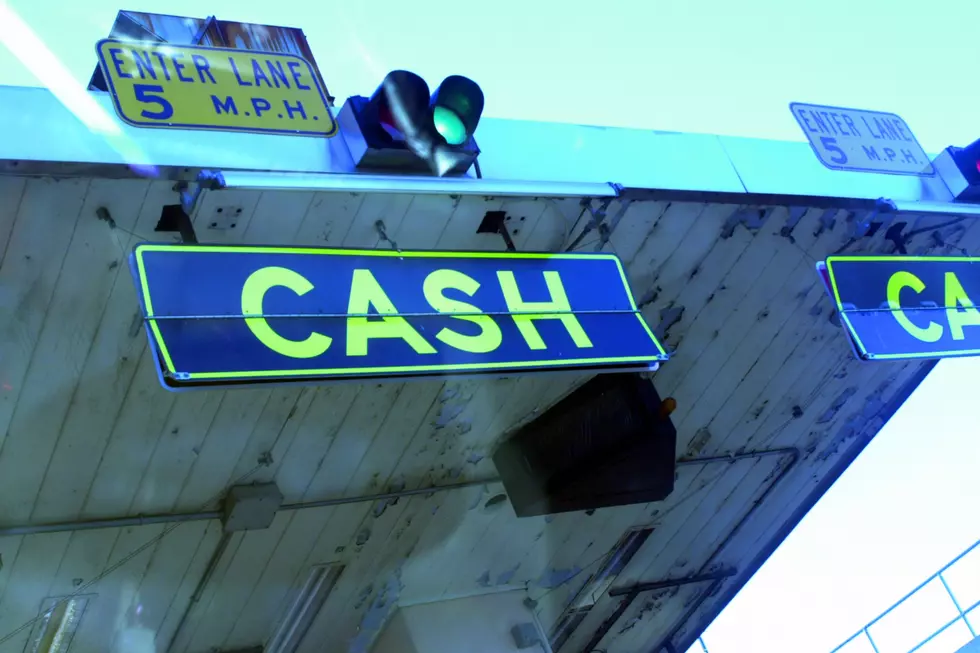
Five Things You Didn’t Know About The Turnpike
While it's pretty easy to complain about the condition of the road we're somehow still paying to use, the alternative isn't any better. If fact, it's much worse. Here are some quick facts about the H.E. Bailey Turnpike that might make you somewhat appreciate that rough, washboard road.
- 1
It Came Out of WWII
After the second Great War, America was on an upswing economically and people were starting to define exactly what the American dream was. With a booming economy came big ideas. The biggest of them all was a plan to improve the infrastructure of this huge sprawling country.
Before and during WWII, the only way to transport goods for the war effort was to drive endless two lane highways across the country. They were dangerous, minimally maintenanced, and slow to drive as they meandered around the landscape instead of cutting straight through. The idea for a network of interstates came during the war, but Oklahoma had an idea to expand on it. Instead of settling for just one interstate planned as I-40 through our belt, state officials decided they'd build toll roads to connect all the big areas of the state to the original "Mother Road."
Prior to completion in 1964, the only direct route from OKC to Lawton was the two-lane US-277, described as "a narrow road with many cramped, death-trap bridges." The turnpike was the definition of "modern highway" with four lanes of traffic and once-smooth sailing.
- 2
It Hasn't Always Been I-44
While we all know it as I-44, the H.E. Bailey hasn't always been an interstate. If fact, that's why it's called the H.E. Bailey Turnpike... because roads like this didn't have a designation at one point in time. It wasn't until the 1982 75th anniversary of Oklahoma's statehood that the federal government gifted us an interstate designation down to Lawton. I-44 was originally the stretch of road between OKC and Tulsa - AKA - the Turner Turnpike.
Fun fact, it doesn't stretch to Illinois... I-44 starts in St. Louis, MO and travels to the US-287 intersection in Wichita Falls.
- 3
It Costs $5.50 To Travel
If you lived in Walters, OK and wanted to travel to OKC for the day, it would cost you $11 for the round trip. While this sounds crazy high, you have to remember it's not something most people travel everyday. For a single day or weekend trip, $11 is cheap compared to most toll roads in the US.
- 4
It's Not A Private Road
One of the common tales I've heard living in Lawton is that it's a private road. That's just not true. It's never been a private road. The Oklahoma Turnpike Authority has always been a governmental agency that manages these public roadways. The charges don't line pockets of private individuals, though the road was built across private land purchased and/or leased by the state.
- 5
Who Is H.E. Bailey?
H.E. Bailey was once an influential politician and big dreaming visionary for the state of Oklahoma. As city manager of OKC he was responsible for building things like Wiley Post Airport and Tinker Air Force Base. When he resigned his position in the 1944, he became the Chief Engineer of the newly formed Oklahoma Highway Department. WWII was proving to be a tax on America's roads, and he was the man that would go about connecting Oklahoma to the country.
He would eventually become the General Manager of the Oklahoma Turnpike Authority in the early 50's and directly oversaw the construction of the Turner Turnpike that opened to traffic in 1953, and set the standard of which toll roads could and would be built in the state since then.




